
RST Apology to Tasmanian Aboriginal people 2021.

RST Apology to Tasmanian Aboriginal people 2021.
Article prepared by the RST Honorary Curator, Dr Anita Hansen, for the July 2022 RST Newsletter.
Louisa Anne Meredith was quite a remarkable woman; a prolific artist, writer and social commentator. The Society has a large number of her sketches and watercolours in its Art Collection, as well as a number of her books in its library. I won’t attempt to write her complete biography here as it would soon turn into a whole book, and Vienne Ellis has already written the excellent A Tigress in Exile: Louisa Anne Meredith if you want to find out more about her. I will however, tell you a little something of her life and work in the articles I write for this newsletter over time.
Louisa Anne Meredith was quite a remarkable woman; a prolific artist, writer and social commentator. The Society has a large number of her sketches and watercolours in its Art Collection, as well as a number of her books in its library. I won’t attempt to write her complete biography here as it would soon turn into a whole book, and Vienne Ellis has already written the excellent A Tigress in Exile: Louisa Anne Meredith if you want to find out more about her. I will however, tell you a little something of her life and work in the articles I write for this newsletter over time.
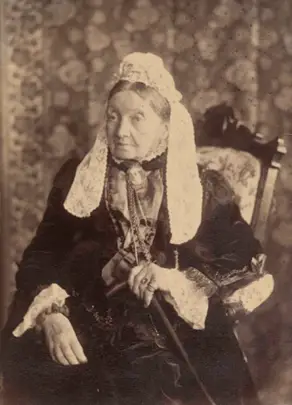
In May, I wrote about the collaboration between Louisa Anne Meredith and Edward Bateman on her book Some of My Bush Friends in Tasmania. The first volume of this book was published in 1860, and the second in 1891. It is the second volume that I will concentrate on here as this is the one she worked personally on with Bateman. More importantly, the Royal Society of Tasmania has the original watercolours for this volume in its Art Collection. A set of exquisite illustrations featuring of some of Tasmania’s most iconic wildflowers.
Louisa writes in the Preface to the volume, that she had sent the illustrations and text of her first volume to England to be printed. This time she decided to accompany the artworks and travel to England herself – no small undertaking as she was seventy-nine years old at the time.
She wrote, ‘For a woman of nearly eighty years of age to make the voyage from Tasmania to London, bringing a book to publish, was doubtless an exploit of less wisdom than valour; but my purpose is achieved, and I now hope to return and end my days among my children, in the pleasant colony to whose service my best efforts have been so long devoted.’
Louisa also wrote in the Preface, ‘Now, in the late evening of life, when the work of author and artist is usually
considered done, I am thankful still to retain some power for the practice of my old pursuits …’
Her work was certainly highly regarded by the leading scientists of the time. Sir Joseph Dalton Hooker, Director of Kew Gardens, checked the proofs of the book to ensure that they were botanically correct, and Professor John Westwood, entomologist, checked the insects.
In the past, John Gould had allowed her to copy illustrations from his books for her children’s books. She also had the help of her friend Edward Bateman. Bush Friends in Tasmania: Native flowers, fruits and insects, drawn from nature was lithographed by arguably the best chromolithographers in England, Vincent Brooks, Day and Son. Quite an impressive list for a female artist from the colonies!
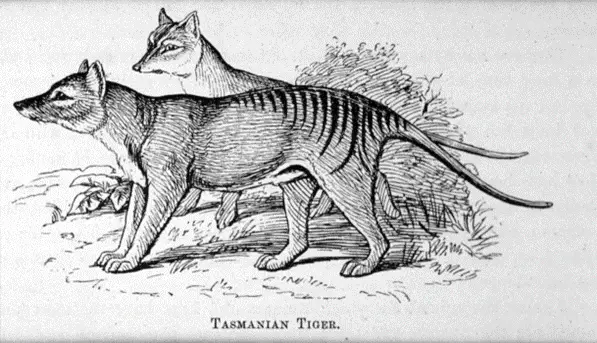
The Society has in its Art Collection thirty-nine of the original watercolours that were used in the book. They are beautiful examples of her detailed – and accurate – representations of the Tasmanian wildflowers she came to so love during her life in the colony.
I’ll only look at a couple of examples for this article. I’ve picked these two for a number of reasons; they feature just one or two species (most of the other watercolours are of a number of different species), the three plants illustrated are all endemic to Tasmania, and last, to compare Louisa’s original watercolour with the printed chromolithograph that appears in the book.
One thing that is immediately obvious is the strength of the colours in the chromolithograph. There are two main reasons for this: the processes themselves and the fading of the watercolours. A chromolithograph will nearly always appear much stronger, more vibrant, in colour; the inks are opaque, while watercolours are transparent.
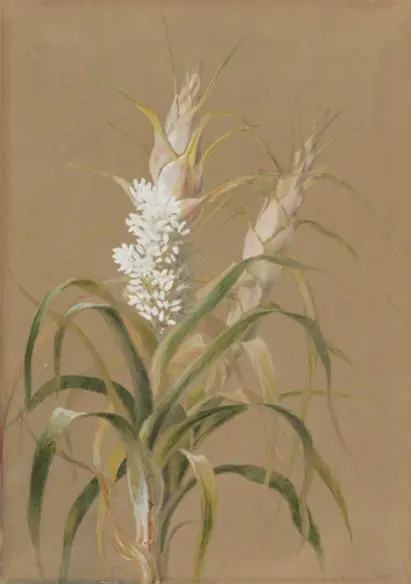
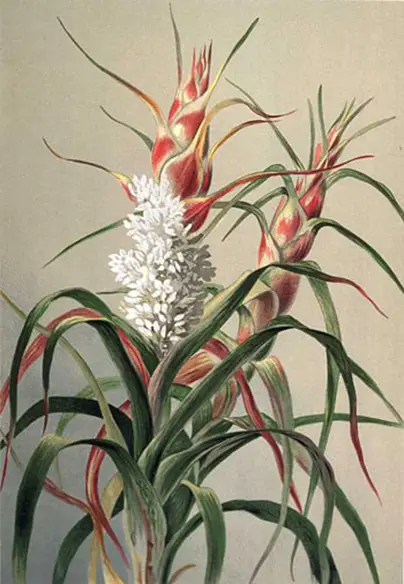
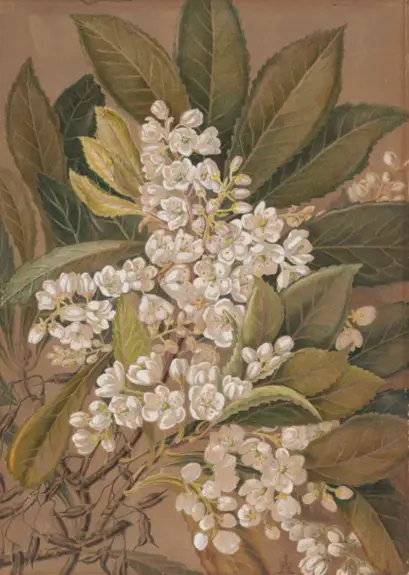
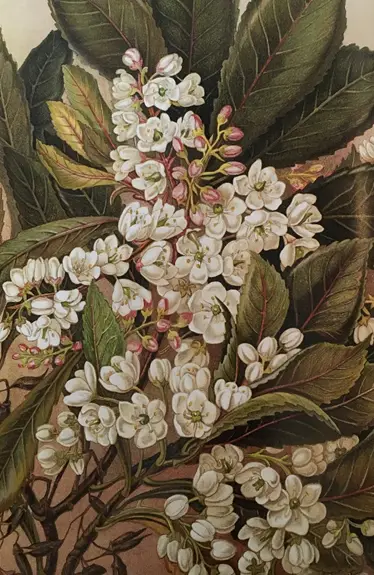

The Royal Society of Tasmania acknowledges, with deep respect, the traditional owners of this land, and the ongoing custodianship of the Aboriginal people of Tasmania. The Society pays respect to Elders past, present and emerging. We acknowledge that Tasmanian Aboriginal Peoples have survived severe and unjust impacts resulting from invasion and dispossession of their Country. As an institution dedicated to the advancement of knowledge, the Royal Society of Tasmania recognises Aboriginal cultural knowledge and practices and seeks to respect and honour these traditions and the deep understanding they represent.

On 15 February 2021, the Royal Society of Tasmania offered a formal Apology to the Tasmanian Aboriginal people.